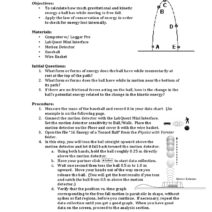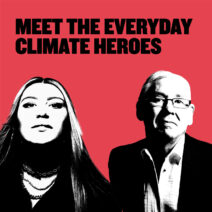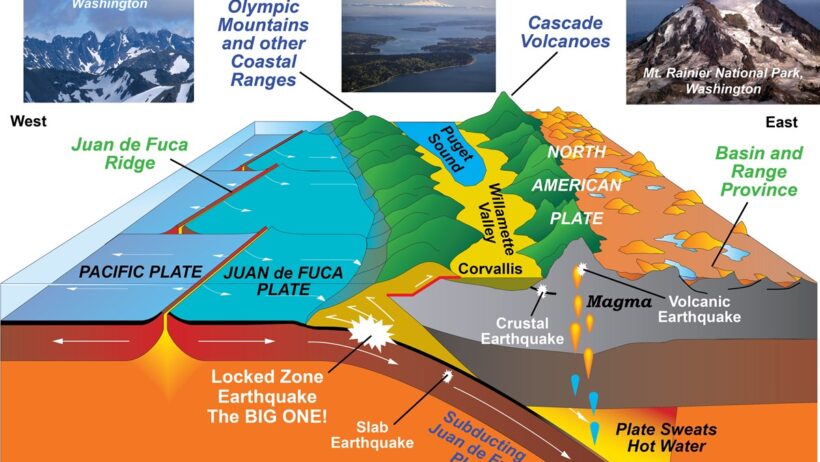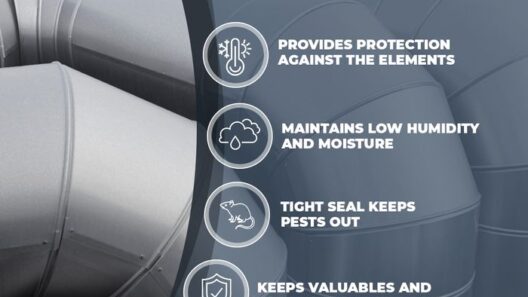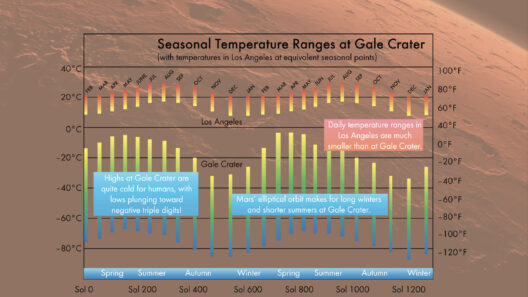In a world increasingly characterized by environmental upheaval, the intricate dance between earthquakes and climate change unfolds like a mesmerizing, albeit disquieting, ballet. While tectonic activity seems a world apart from climatic shifts—one occurring beneath the earth’s crust, the other in the ephemeral atmosphere—their interplay merits our scrutiny. The theory that these phenomena interact poses critical implications for future societal resilience and ecological stability.
Geologists have long studied the mechanics and patterns of earthquakes as manifestations of the Earth’s dynamic processes. As crustal plates engage in a slow, inexorable tug-of-war, stress accumulates at fault lines—like a coiled spring waiting to snap. When the pressure breaches a threshold, the release reverberates as seismic waves. However, recent academic discourse has begun to illuminate how the capricious nature of climate change may wield influence over this subterranean ballet.
The connection between climate instability and seismic activity is not merely speculative; it beckons a thorough examination. For instance, the melting ice sheets in polar regions and the resultant redistribution of mass prompt intriguing geophysical responses. As ice caps recede, the release of pressure from these colossal formations induces isostatic rebound—a gradual elevation of the land previously compressed beneath the weight of glaciers. This rebounding geological process can facilitate fault movement, magnifying the likelihood of earthquakes in regions formerly insulated by the ice. It’s reminiscent of a tightly-wound clock spring suddenly unraveling once the tension is alleviated.
Moreover, consider the impact of increased precipitation associated with climate change. The weight of abundant rainfall saturates the soil, altering the stress distributions in the crust. This phenomenon not only heightens the risk of landslides but can also precipitate the sudden release of stored tectonic energy. Areas that have historically been passive can find themselves thrust into seismotectonic activity due to altered hydrological cycles—a transition akin to an unexpected plot twist in nature’s novel.
Delving deeper, the mechanisms of geothermal activity present another layer of complexity. As the Earth warms from anthropogenic emissions, the heat alters pressure systems within the layers of the crust. Volcanic activity, closely linked to tectonic boundaries, can be catalyzed by thermal expansion and contraction in response to changing temperatures. Thus, climate change may create a stage where earthquakes and volcanic eruptions collaborate in a symphony of natural phenomena, amplifying the consequences of both events.
Furthermore, scientists have demonstrated that fluctuating groundwater levels can engender earthquake initiation. As the balance between water accumulation and drought shifts, the static friction that holds faults intact may be disrupted. The injection or extraction of water, primarily for agricultural or industrial use, has been linked to induced seismicity—a phenomenon that highlights the unforeseen ramifications of human activity on geological stability. Herein lies an opportunity to reevaluate our resource management practices, adopting strategies that mitigate risks associated with groundwater manipulation.
The tale of earthquakes and climate change is punctuated by the notion of resilience—a recurring theme in geoscience literature. As scientific consensus develops regarding these interactions, it becomes essential for urban planners, policymakers, and environmental advocates to forge robust frameworks that anticipate seismic risks within a climate-altered landscape. Consider, for instance, the necessity of rethinking infrastructure—buildings designed to endure the sheer force of nature’s tantrums must be constructed with the understanding that their very location is influenced by climatic transformations. Ignoring these connections is tantamount to weaving a tapestry with threads missing; the end result is nothing more than a shadowy reflection of resilience.
There is a burgeoning implication that our collective response to climate change carries seismic repercussions. If we fail to adopt sustainable practices, we may witness more frequent and intense geological disturbances exacerbated by the very changes we strive to mitigate. The narrative thus transitions from a story of passive observation to one of active engagement, as mitigating climate change now intertwines with mitigating seismic risks. Each step towards reducing carbon footprints is a step away from the precipice of geological calamity.
Ultimately, this dialogue around climate change and earthquakes remains incomplete without acknowledging the human aspect. Environmental injustice can amplify the impact of natural disasters, particularly in marginalized communities less equipped to withstand such upheavals. The fraught intersection of climate policy and disaster preparedness demands a nuanced approach that prioritizes equity and accessibility to resources. Addressing these challenges necessitates collaborative frameworks that foster both scientific innovation and social awareness, allowing for comprehensive resilience in the face of multifaceted threats.
As the discourse evolves, the symbiotic relationship between climate change and seismic activity compels us to engage not merely as passive observers but as proactive participants in crafting a more sustainable future. By championing awareness, embracing interdisciplinary approaches, and fostering a culture of preparedness, society may be able to unravel the complexities of our intertwined existence with nature. The challenge is great, yet with each step forward, we weave a fabric of resilience capable of withstanding the tremors of both the earth and the climate.

